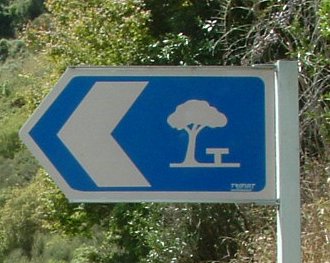
"Every road is a sort of ecosystem that ecologists are only just now starting to study. Non-porous pavement causes rainfall to collect at its edges, if only momentarily. So along most roads across much of the western United States, say west of the 98th meridian of longitude, the edge of the pavement is bordered by a ribbon of plants that need slightly more annual rainfall than do the plants only three or four feet away. Quite often the ribbon plants are taller and greener than ones growing a few feet distant,
and the plants shelter wild animals waiting to cross what they sense, correctly, is a barrier. For reptiles, especially at night in cool weather, the blacktop is a warm place to rest, and often a fatal one. For many mammals, it is a zone to be crossed at speed, but not only because vehicles present a threat: the road offers nowhere to hide from hawks and other raptors. But predatory birds, and carrion feeders too, risk annihilation, for they are easily struck by vehicles, especially at dusk when headlights blind and disorient them. Yet for all that the road is a barrier, its edges are also animal highways. This last is incredibly important, but still very little understood.
Consider the typical interstate highway interchange. What lives at the center of the circular zones wholly surrounded by highways and on- and off-ramps? Sometimes essentially grass, routinely mowed. But sometimes all sorts of vegetation and the animals that hide in the wetlands and woods so close to roads pedestrians never cross."
Roads, Highways, and Ecosystems -John Stilgoe, Harvard University
Not long ago we had an incident that caused a bit of mirth. A local Highway Inspector stopped to Have a pee. At the most inconvenient moment a very pissed off wild pig charged him. He sprinted up the road, tackle waggling, and made it to his car. The pig, it later transpired, had a broken leg, which made him a bit grumpy. It was dispatched by the local policeman with a rifle and ended up starring at the Xmas barbecue .
Labels: wildlife




<< Home